There is sparring. There are swords. But kendo, at its ancient heart, is a martial art of the mind.

SEATTLE – There is no trash-talking in kendo.
But there is intimidation – even through the metal grille of the helmet, called a men. The opponent can see the eyes, very well. And body posture establishes a presence.
Kendo means “the way of the sword” and has evolved from the days of the samurai warrior. In kendo, trash-talking would be considered disrespectful not just to the opponent, but to this centuries-old Japanese martial art.
The purpose of the sport is vigorous, disciplined training, along with honor, courtesy and respect. Those goals could seem at odds in a contact sport. But Seattle Kendo Kai lays it out simply and directly on its website: “Manners are paramount. Without etiquette and respect, we are just a bunch of people hitting each other with sticks.”
“Kendo teaches you how to live and do your best,” says Haruka Takano, 61, who adds that he has no pain because the sport keeps him young and free of stress. “If you tried your best, you succeeded.”
Takano, who arrived early to begin practicing strikes with a dummy called the uchikomi dai, says, “Apply yourself, concentrate – hitting is cathartic.”
Seattle Kendo Kai holds practices in St. Peter’s Episcopal Church gym on South King Street near the Chinatown International District two or three times a week, with sessions running at least 90 minutes (Sunday practices are 2 1/2 hours).
The gym is old-school, the precursor of a multipurpose auditorium. There’s a modestly lit basketball court with just a few feet of space beyond the nets. A raised stage is on one end. There’s a spectator area on another side, also raised, for at most 20 or so visitors.
Practice is not a casual visit to a fitness center with high-decibel music and a treadmill session.
At a recent event, I see that there’s a structure:
Shoes are removed.
People bow before entering the dojo, or space.
Students scatter about the gym getting ready. Everyone lines up according to rank, with teachers going first. Then the students, according to rank, face the instructors.
It’s quiet, and many people briefly meditate, maybe just 10 seconds, bowing to the banner on the stage. Students and sensei bow to one another. Announcements are made.
And they begin: swinging arms, and working on posture and breathing. Then running in a counterclockwise direction. Then sparring, emphasized with shouts called the kiai. This is to concentrate the mind, the body and the sword during a strike.
Swords here are actually four pieces of bamboo bound together with leather. One is called a shinai, and is less dangerous than a metal or solid wood sword.
Harry Goh, both teacher and student, says, despite all the sword strikes, “This is mental martial arts, rather than physical. The physical aspect is necessary to know how to control an opponent.”
Goh, 58, has three decades of experience with kendo but says, “I’m still a student. I still have to learn more.” He has learned to induce an opponent to attack by speaking with his posture. But, when his opponent lunges, he responds and is able to strike first.
Opponents are not separated by size, height, weight or age. Most of the participants are men, but there are several women at each session.
“There’s a consistency of character in kendo. Youth and fitness give way to experience and wisdom,” says Michael Mabale, 44. “There’s a mirror in front of you – a mirror of your own strengths and weaknesses. The goal is that each person get better. You try to elevate each other.”
Imanishi sensei, the head instructor, says the sport “prepares you mentally and physically. There is harmony of body, mind and sword.”
There’s a credo, he says: “Don’t be lazy. Change your mindset.”
Steve Guidi, president of Seattle Kendo Kai, says, “Originally I wanted to do what I saw in the movies. But it’s not about winning. It’s a way of life.”
At the end of practice, Guidi again briefly meditates, having experienced a good fatigue.
“After practice, I reflect on my performance for the session and try to compare it with my performance of a previous day,” he says. “How do I feel about my ability? How can I become a better person? Kendo is a path.”